How They Did It (The Weekly Standard)
November 19, 2007 - Kimberly Kagan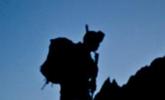
The surge of operations that American and Iraqi forces began on June 15 has dramatically improved security in Baghdad and throughout Iraq.

The surge of operations that American and Iraqi forces began on June 15 has dramatically improved security in Baghdad and throughout Iraq.

To see this map in context, please view Iraq Report #11

The brigade responsible for most of Diyala in 2007 is rotating home, beginning the drawdown of U.S. troops. Yet force levels in Diyala will remain constant.

Wahash and Iskan constitute a key conflict zone between Shi'a and Sunni militias in West Baghdad.
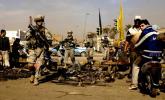
The Rusafa security district provides an interesting look at a complex Baghdad neighborhood with strategic significance and changing demographics.
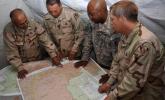
There is perhaps no greater danger to the success of American efforts in Iraq than the prospect of a congressionally mandated timeline for withdrawal.
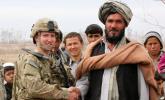
The refrain of ‘concerned citizens’ and ‘reconciliation’, so familiar in the news emanating from places like Anbar and Diyala, has found a degree of resonance in the Iraqi capital.
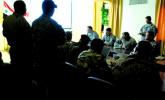
They call themselves Farsan Al Rafidayn, the Knights of the Two Rivers. And in Ameriya, a formerly wealthy district of western Baghdad, they have turned on al Qaeda,
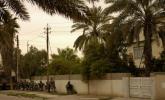
Baghdad's Mansour district shows the competition between enemy groups for territory in Baghdad, the effect of the troop surge, and problems with Iraqi governance.
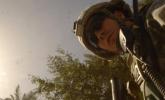
Operations and events on the ground are already showing successes well beyond Baghdad in Anbar, Diyala and Salah ad-Din provinces--formerly al-Qaeda strongholds and hotbeds of the Sunni insurgency.